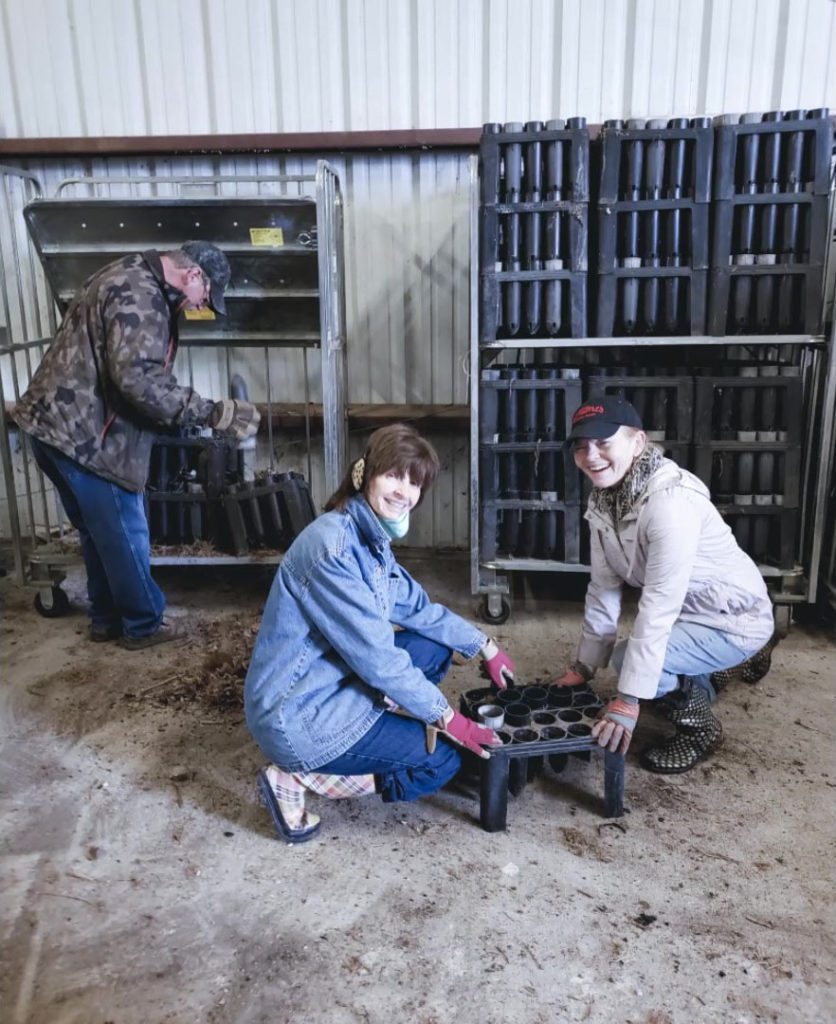
While certifying as a Master Naturalist in 2018 a field trip was offered to Clymer Meadow. I enjoyed the experience and ended up volunteering at Erwin, The Heard and The Heritage farmstead. I met knowledgeable and passionate individuals who were leading these restoration efforts and were willing to share their ideas on how to restore and preserve these natural areas. I still volunteer at these but returned to Clymer to focus on this large remnant prairie restoration. The road has been bumpy (literally and figuratively) but feel it is headed down the right path.
Thank you to the Volunteers at all of our Chapter Projects!
Tom Shackelford
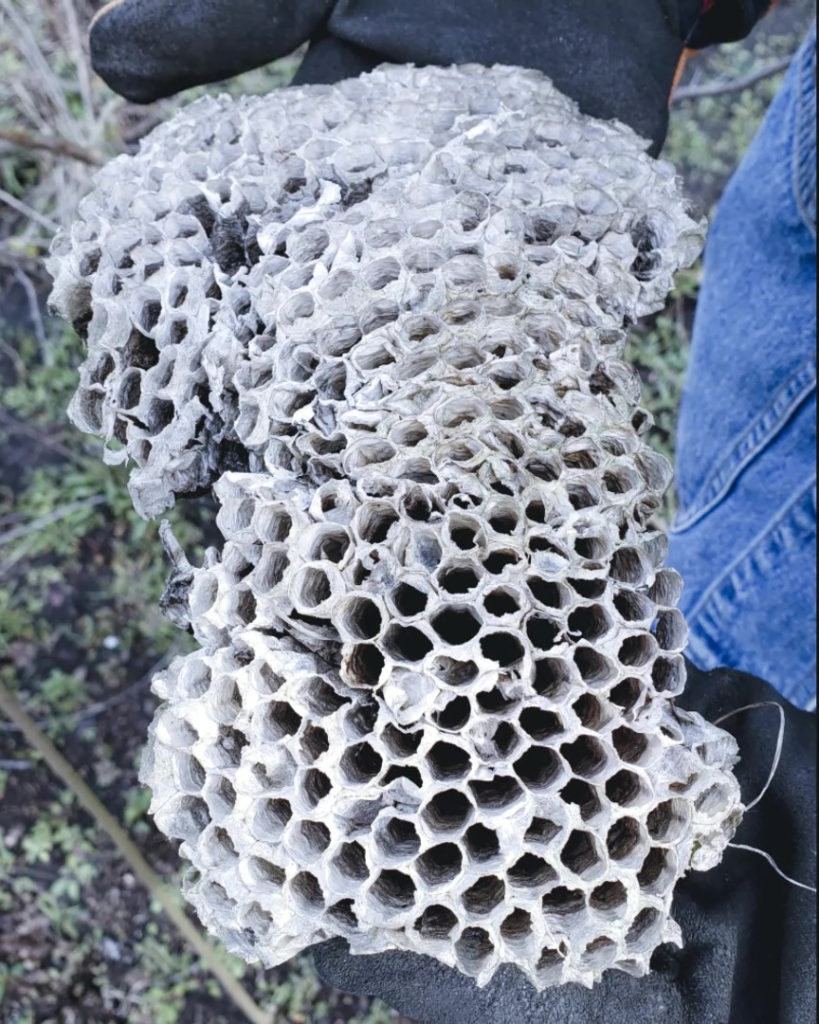
CLYMER MEADOW
Clymer Meadow Preserve contains some of the largest and most diverse remnants of the Blackland Prairie; the Texas version of the tallgrass prairie that once stretched from south Texas to south-central Canada. The preserve is portion of a larger conservation area (1400 acres) that includes land owned by The Nature Conservancy of Texas and other private owners. Clymer Meadow serves as a center for study of the Blackland Prairie and has been the site of more than a dozen scientific investigations ranging in scope from inventories of prairie invertebrates to noxious weed control. Universities, private research organizations, public and private primary and secondary schools have used the meadow as a teaching site.
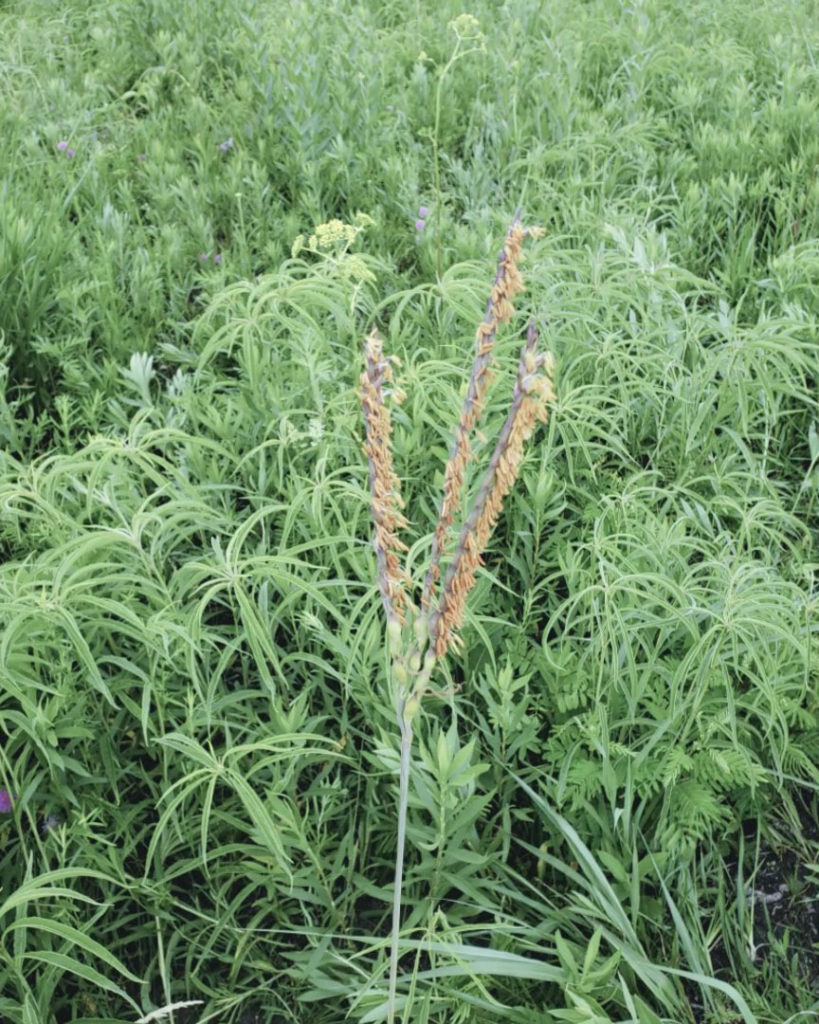
Two globally imperiled prairie plant communities are represented here: little bluestem-Indiangrass and gamagrass-switchgrass community series types. Other important grasses include big bluestem, meadow dropseed, sideoats grama (The State grass of Texas), and Canada wildrye. Wildflowers, such as rough-leaf rosinweed, purple Indian paintbrush, prairie clover and American basketflower are abundant.
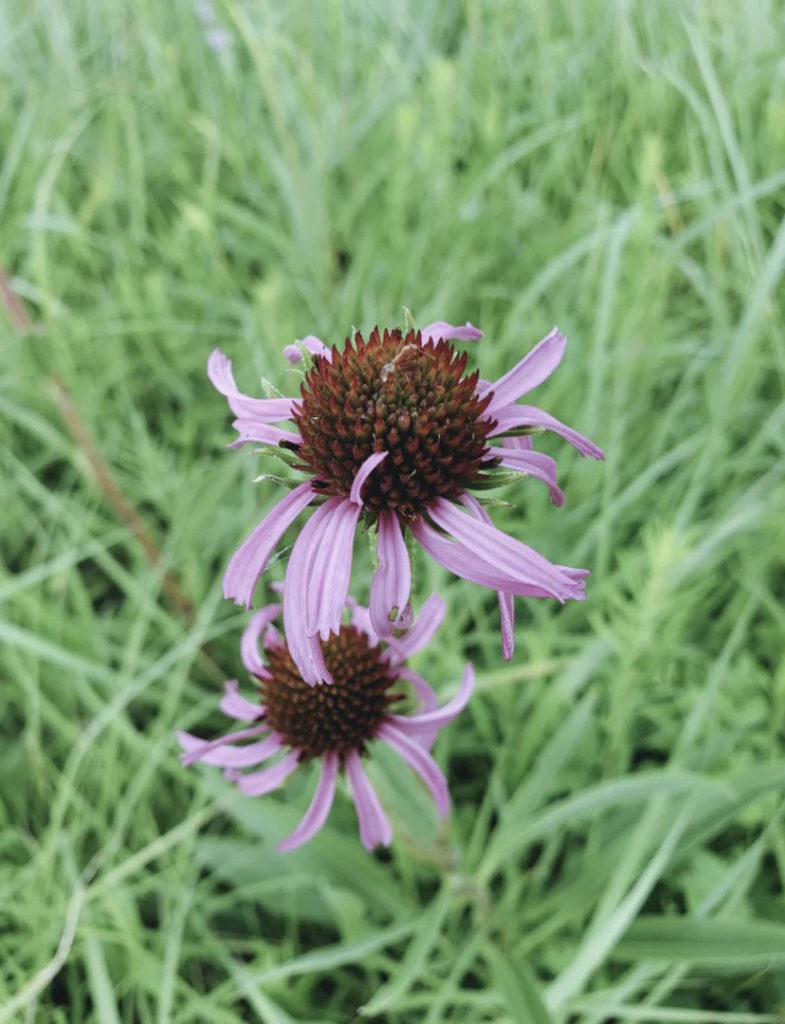
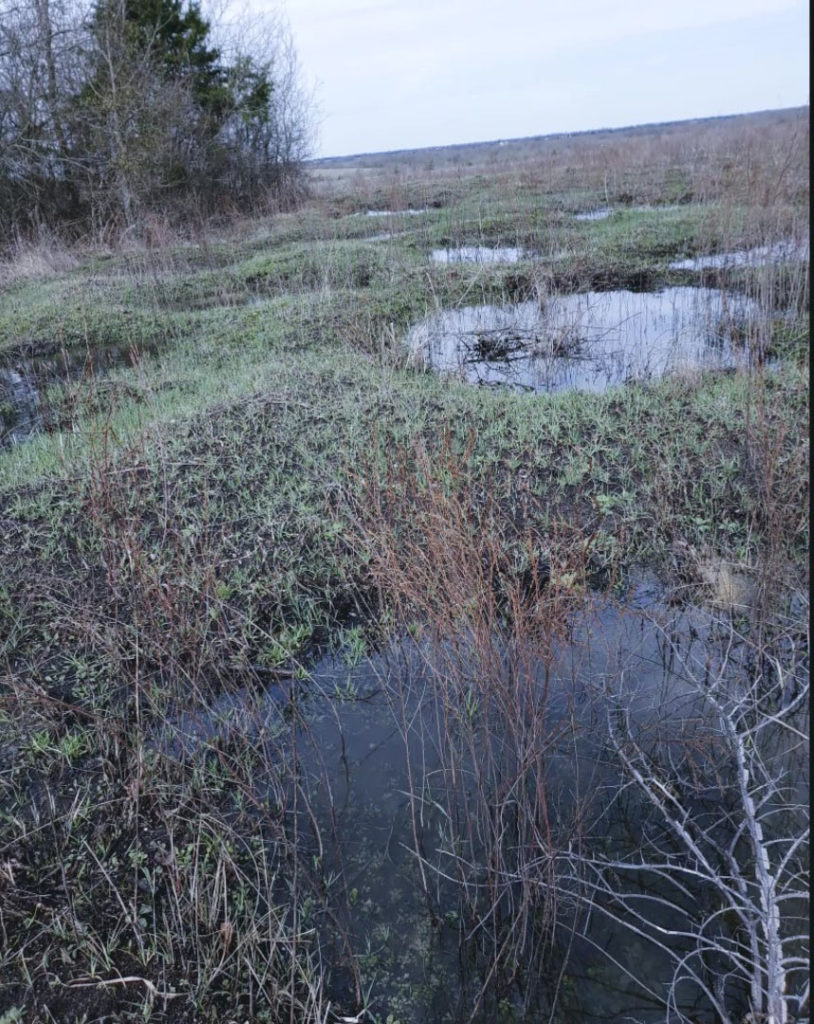
One of the more unusual features of the preserve is a microtopography called “gilgai” by soil scientists. You may have heard it called “hogwallows”. Gilgai may be irregular shaped or round, shallow basins, often arranged in a honeycomb-like pattern on level, heavy clay soils. They tend to retain water and this influences the composition of the plant communities. Moisture-loving species such as eastern gamagrass and spikerush occupy the microlows, while drier-adapted species such as sideoats grama and little bluestem are common on microridges.
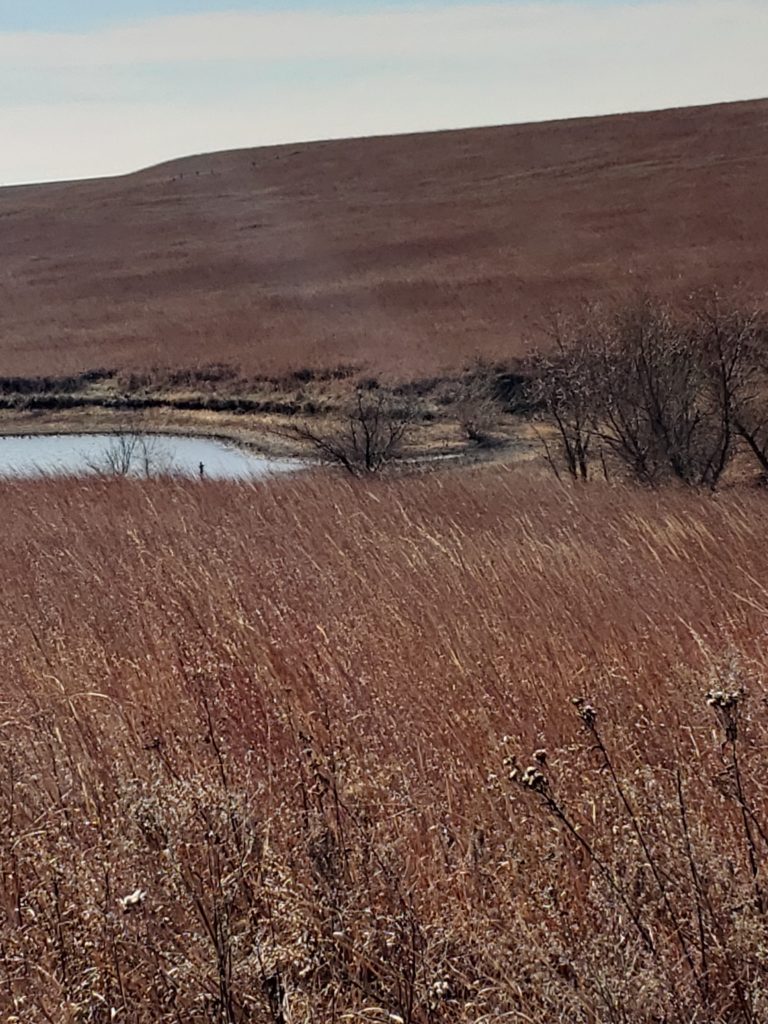
The Blackland prairie is made up of rich soils that have been converted to agricultural cultivation. The result is that all that remains in Texas, Oklahoma, Kansas, Nebraska, South and North Dakota and Manitoba, Canada is now between 1 and 4 percent of the original 19 million acres. Dependent upon the study; there is no question that the tallgrass prairie is the most-endangered large ecosystem in North America.
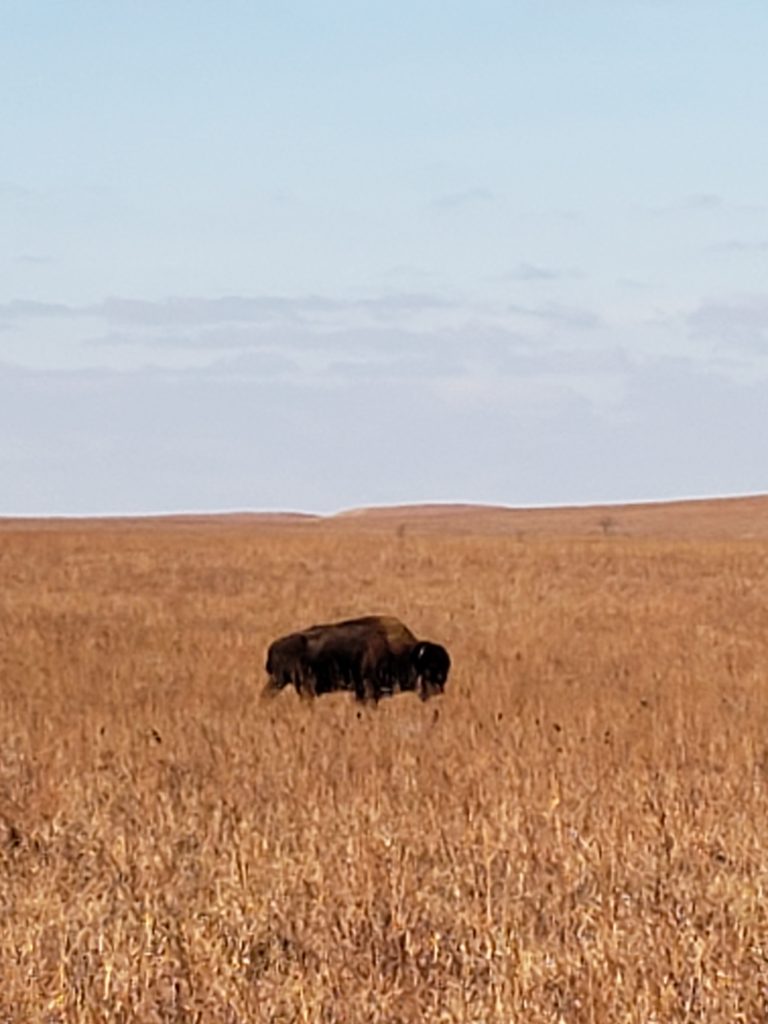
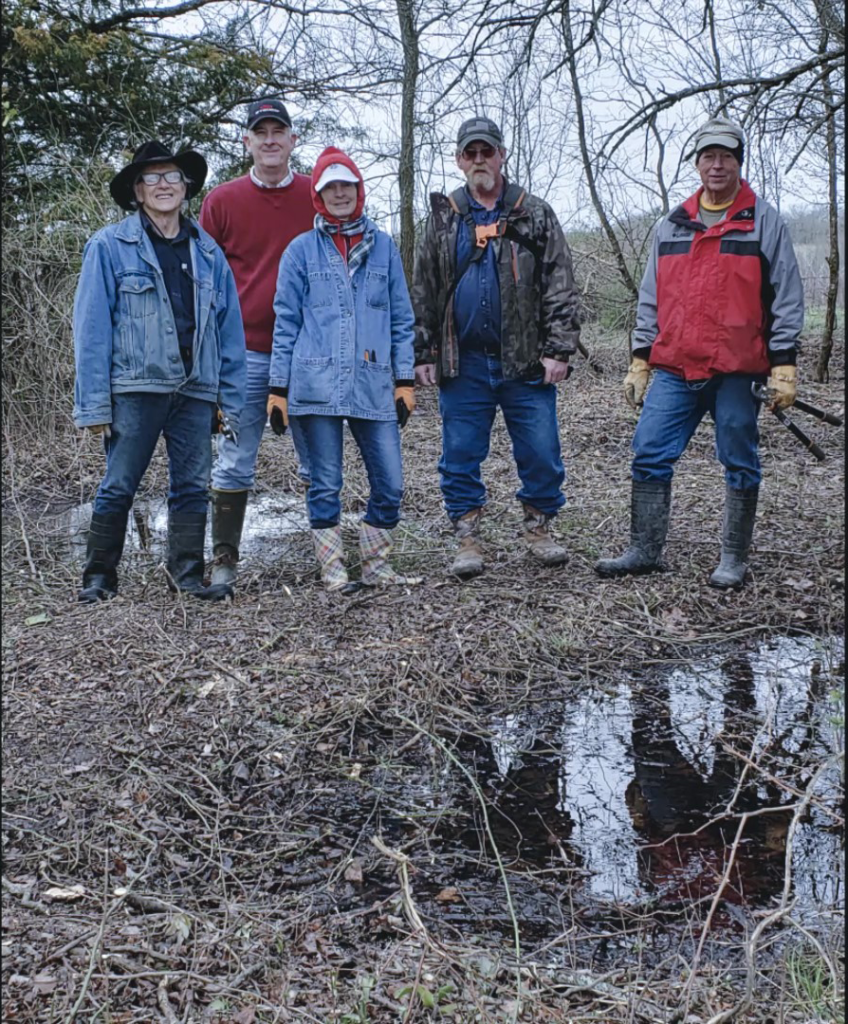
Recently we had the largest group we have had there at one time. Eight volunteers who accomplished a lot. We were there from 10- 2.30. We all brought snacks or lunch and had a break at 12ish. We were outdoors the entire time and were either socially distancing or wearing face masks when that was not practical. This group was comprised of the following: James King, Jay Wooldridge, Lissa King, Duane Mortensen, Janice James, Jean Suplick, Tasha Patterson, Tom Shackelford.
We broke into 2 groups and some did seed collection in the area near where the wildflower tour takes place. This was done both by hand and also with a mechanical picker that is towed behind an ATV. Others removed barbwire, fenceposts, brush. A handful swapped tasks after the break at noon. We cleared ¼ mile of fence line and also invasive trees sporadically growing in the fence line. This opened up two remnant sections (previously burned) that will allow for cross pollination between the two areas.
We are making a difference and the project is headed in the right direction.
Clymer is not open to the public. This is a volunteer project of the Blackland Prairie Chapter and we have scheduled dates to volunteer there each month. Master Naturalists may also contact Brandon Belcher to schedule additional volunteer opportunities. This may entail remnant prairie restoration, removal of invasive species, seed collection, and other seasonal tasks. You will need to sign a TNC waiver and bring a face mask, gloves, water, and keep in mind that restroom facilities are limited. They do offer a Wildflower tour late spring each year.
Option 1 – You may be asking – How do I get there? It is a 32 mile / 45 minute drive from the Heard. I usually drive 75 N – (exit 44) TX 121 N – R on FM 545 E Melissa Rd – You will drive through Blue Ridge – turn L at 78 Bus N – turn R on FM 981 (if you drive past a cemetery you missed the turn) – you will continue on 981 for 5+ miles – Continue straight at FM1562 for approximately 4 miles. There is frequently a black and white dog greeting traffic at the house just before the Nature Conservancy office, which is a tan farmhouse on your left. It is just past the squiggly road sign on the right.
Option 2- Drive to the Tallgrass Prairie National Preserve in the Flint Hills of eastern Kansas. This preserve encompasses almost 11,000 acres and is the largest expanse of tallgrass prairie left in North America. This tallgrass prairie covers over 17 square miles. There are multiple spots where the view is 100% tall grass and wildflowers stretching to the horizon. The grasses and wildflowers are the same or similar to those seen in Texas – except Porcupine grass (Stipa spartea). This prairie is also managed by the Nature Conservancy. It is the only site within the National Park Service dedicated to the rich natural history of the tallgrass prairie. It is open to the public as a National Park Service site.
Typical Tom Side Notes: Food for additional thought
1. Park Hill was completely burned – If you went there now; expect to see a lot of black. Springtime should bring a spectacular wildflower display.
2. I found a Cemetery on left side of road to Clymer. It is about 7-8 miles east of Blue Ridge on FM981 and just before you enter Hunt county. There is a barely visible arch over a gate that says “ Old Richard 1866-1966”. I walked the front fence. I looked it up later and found it listed as the location of a ghost town, Richard, Texas. There was a photo taken in 2007. It was maintained then and it now looks like that might have been the last time the area had been maintained. It is not large but completely overgrown with just the tops of grave markers visible. I have driven by this numerous times and this was the 1st time I noticed it. Probably not visible when brush and trees are green


